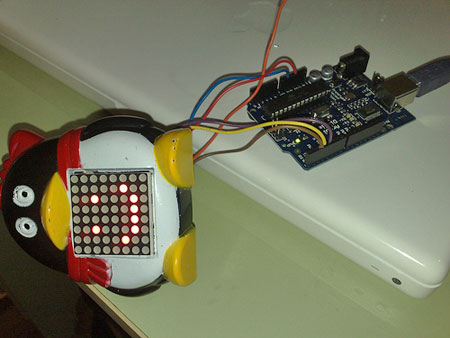
[jonboytang] documented his construction of a clone of the famous Tube Screamer overdrive pedal from a set of plans found at tonepad. The tonepad site says you can use the plans to build either a TS-9 or a TS-808, both of which have been classic staples in every guitar player’s setup since the 70s. Although the old parts are no longer available, these new variants still have a really nice sound.
This project is really just a look into [jonboytang]’s etching and enclosure building process, but it may be useful for someone. The build and the circuit look really simple so this would be a great project for guitar players looking to learn how to etch their own PCBs. If you need more information on etching, we would suggest starting out by reading our How-To on etching single sided PCBs. If you are lazy and would rather spend a little money, check out tonepad’s online store. They have a board for this project and many others.
















